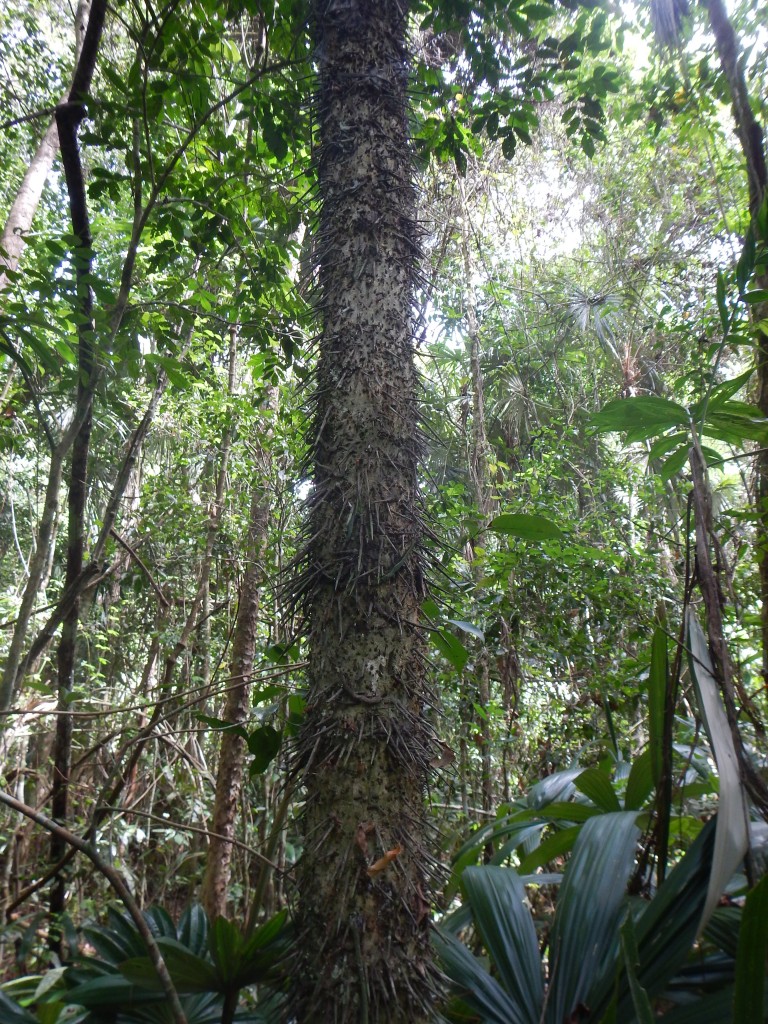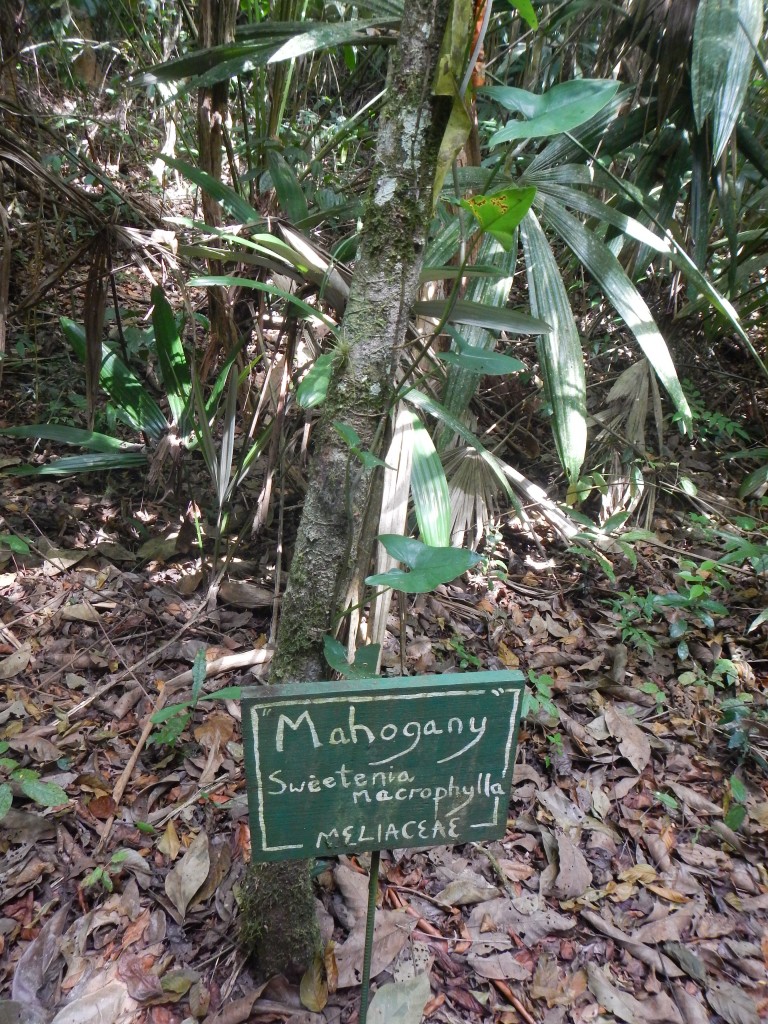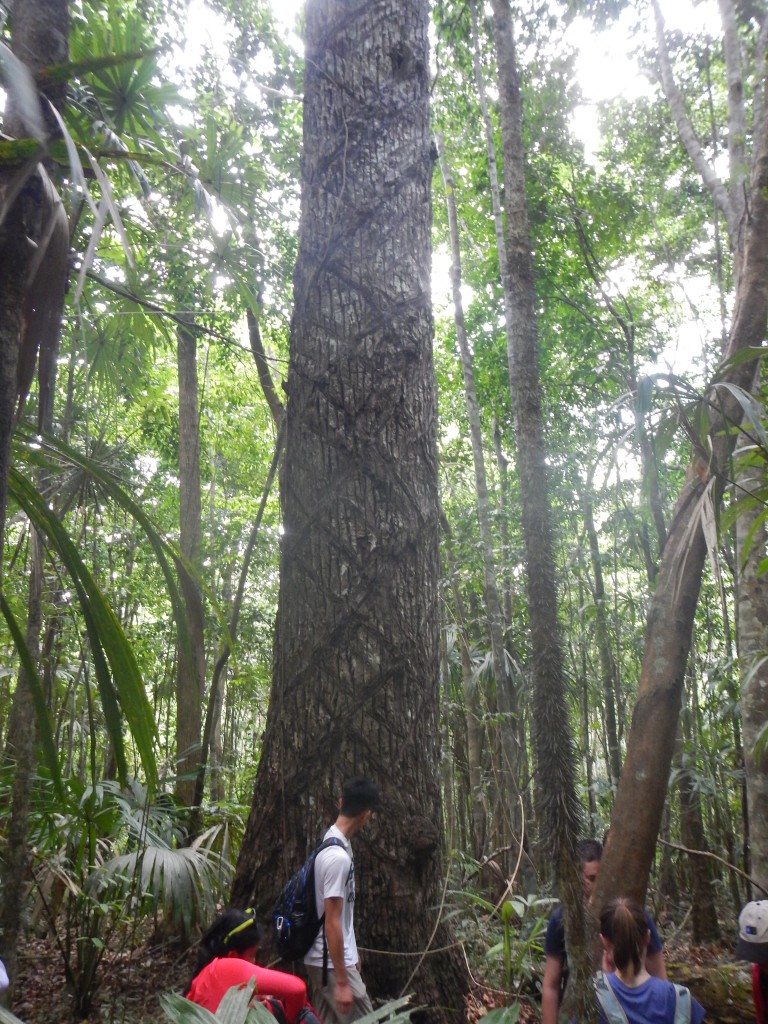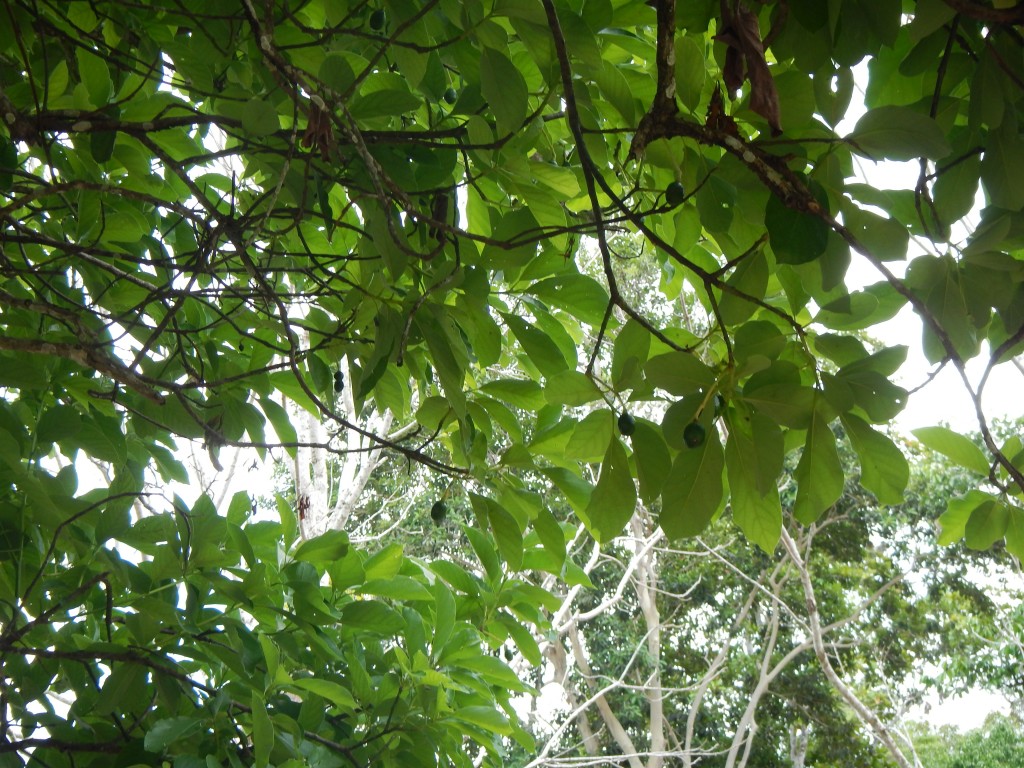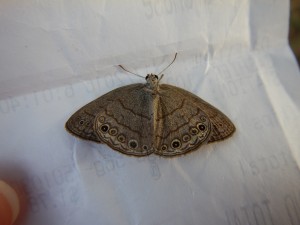Today did not start off the way we thought it would. Rather than being concerned about the water quality in Belize, we found that Houston was the problem. The entire Hobby airport was out of water. Apparently their main pump had malfunctioned. For us, this meant that no toilets were flushing, no water fountains working, and no food being served. All of us immediately felt the pangs of hanger. This has become the first bonding experience of the trip.
Belize itself is lovely. I have only been in the country for a handful of hours, but I have enjoyed it so far. Though I have been low-grade sweating for hours, I won’t let my hatred of humidity bring this trip down for me.
After arriving at the airport and making the long van ride to the Crystal Paradise (stopping of course for food!) we finally got to sit down to great meal. After eating everything in sight, we settled down for presentations. Or so we thought. The projector did not work at all. After trying about six different laptops, we gave up.
I gave my presentation with multiple copies going on about three laptops. Today, I also got my first look at the epiphytes of Belize. I don’t think that I could really tell what they were as we were driving quickly down the roads. I can’t wait to go to Caracol tomorrow, hopefully to see more epiphytes!
One last thing. I saw the most amazing trail of leaf cutter ants walking across the hotel grounds. Stephanie, Anna and I followed them to the hole entrance into their nest. After that, we went and followed the trail a long way back, to the tree from which they were actually getting the leaf cuttings. It was one of the most amazingly organized things I had ever seen. What’s more, they had very distinct trails (just like human hiking trails) going across the entire grounds. I can’t tell you how much this interested me. A truly unique experience.

